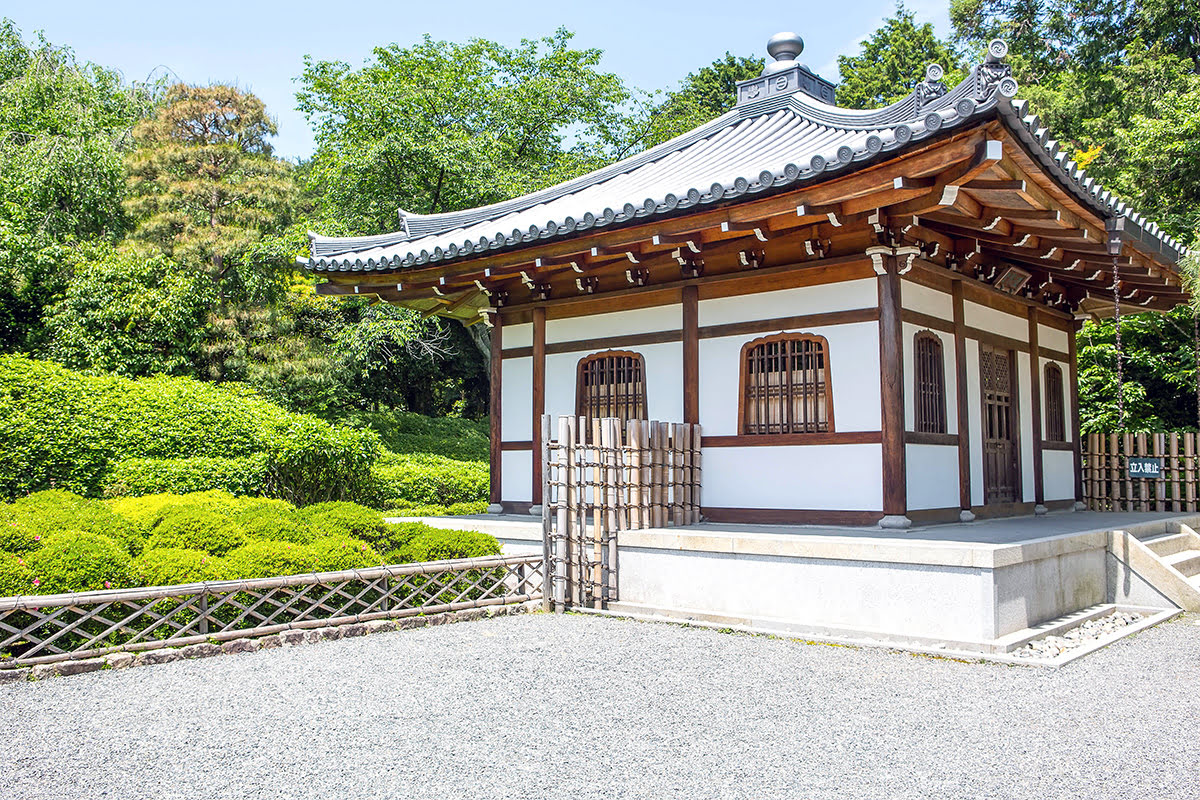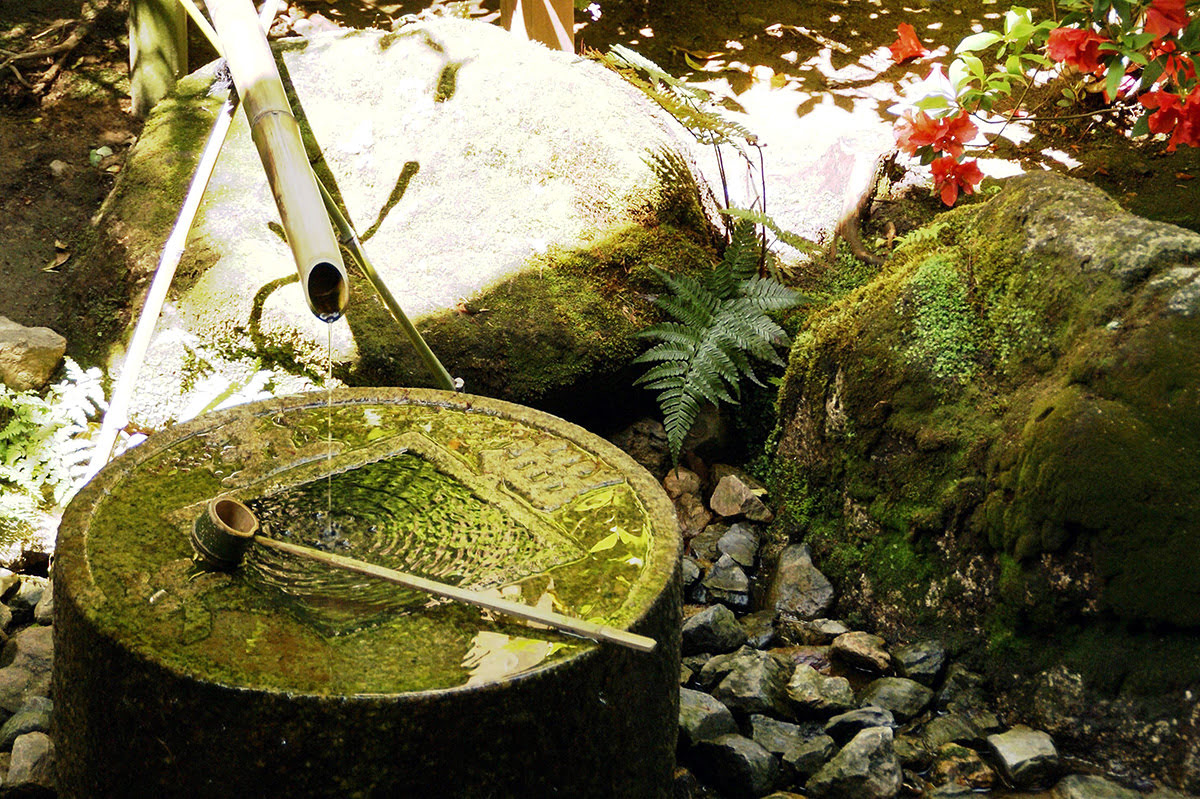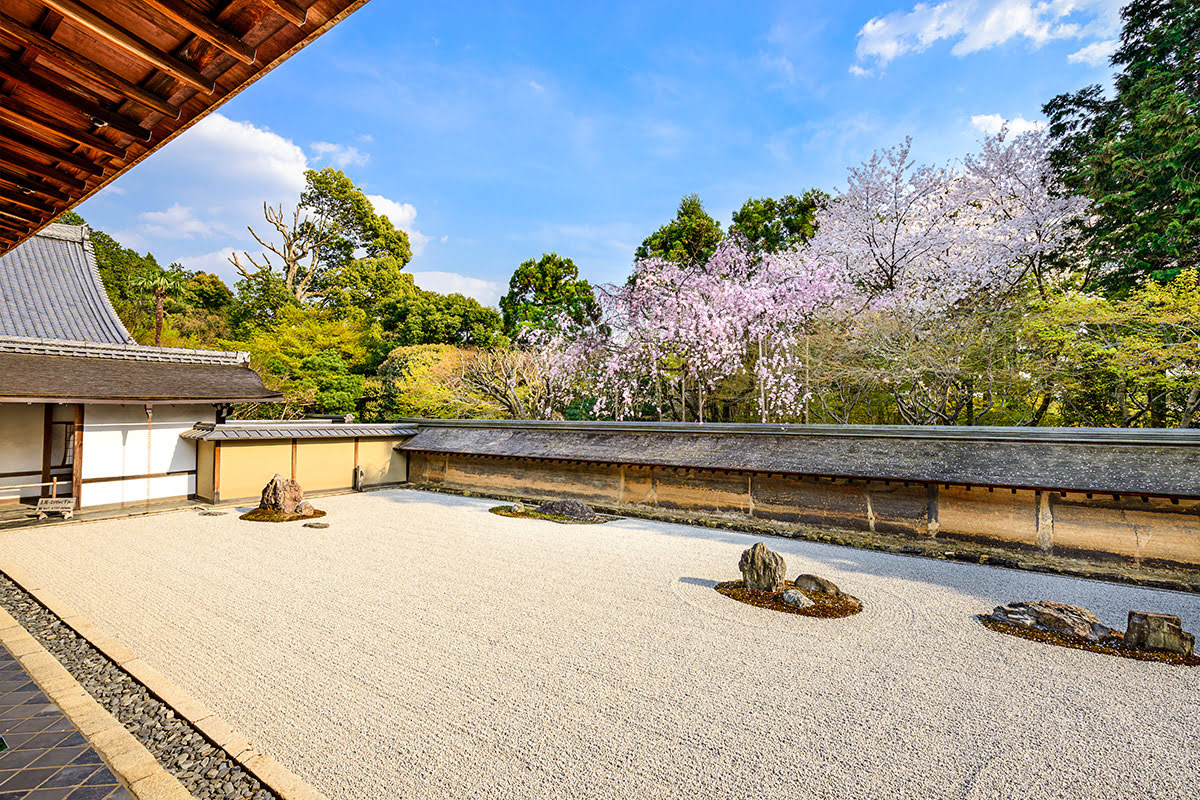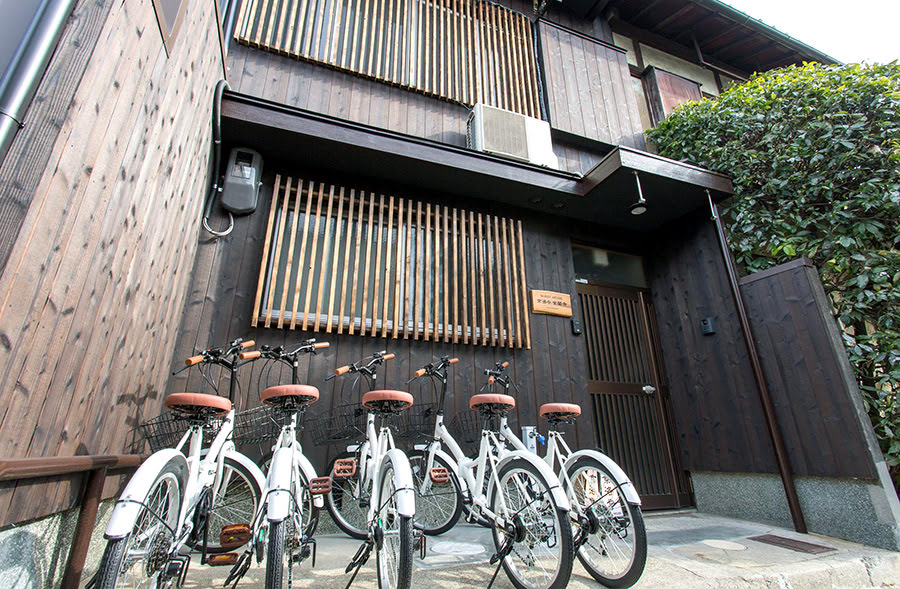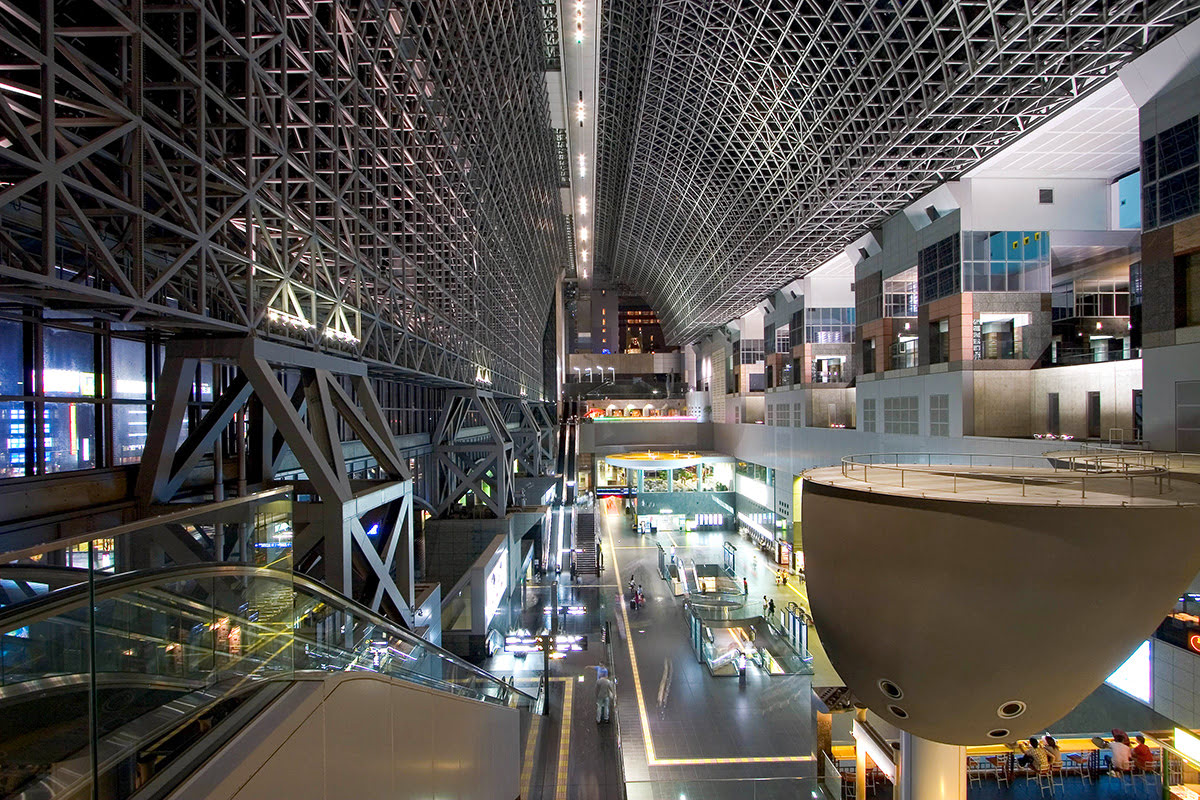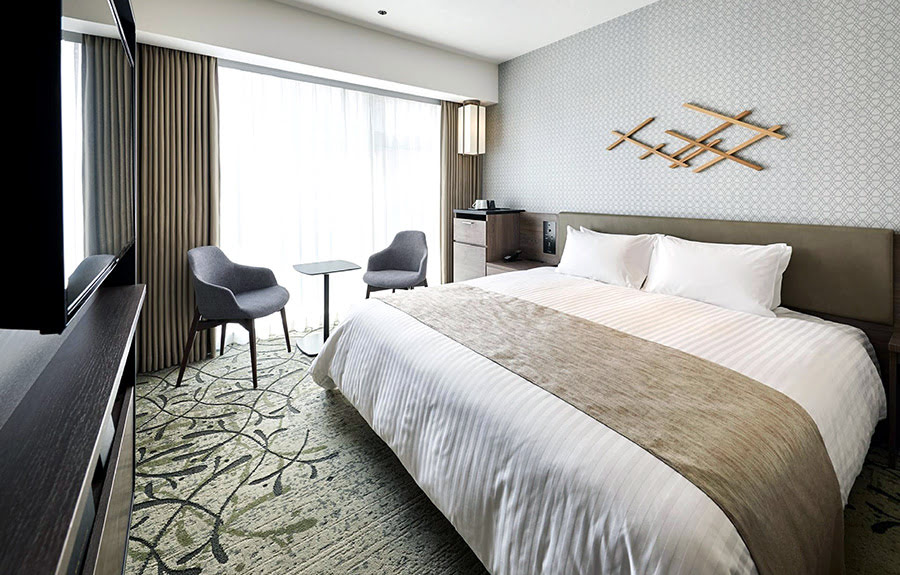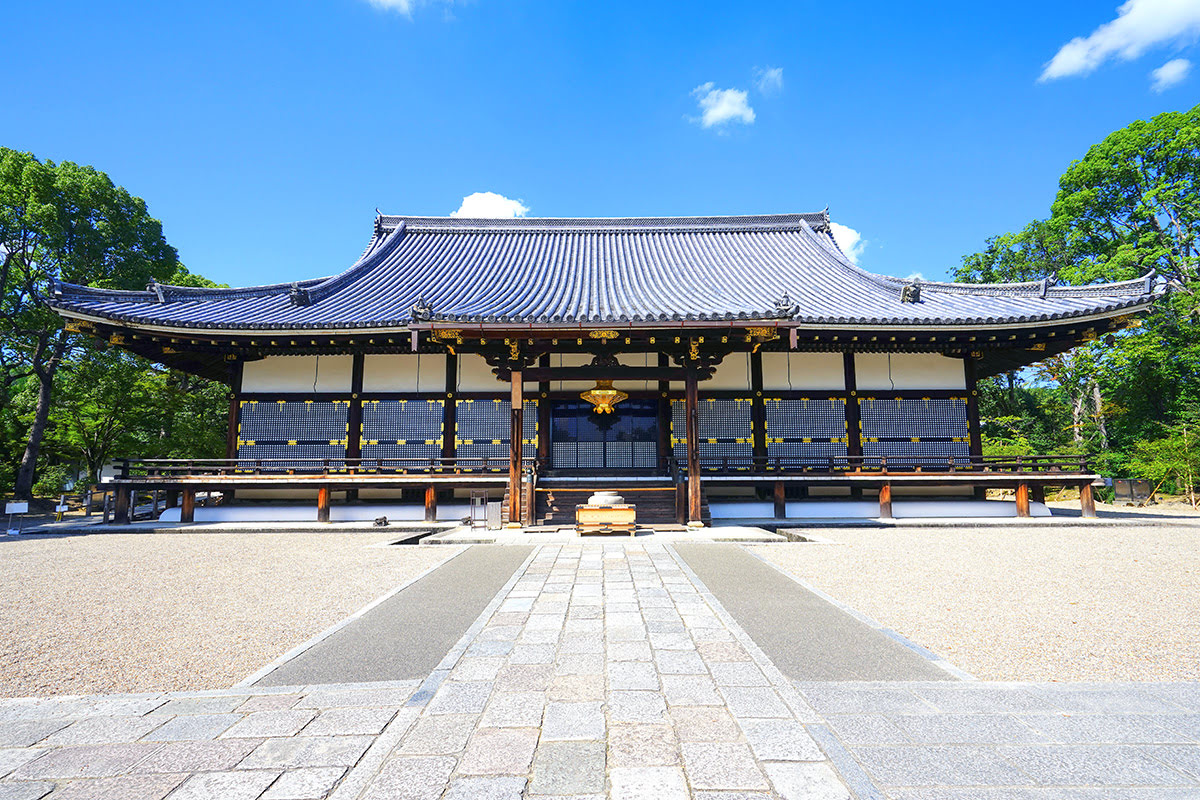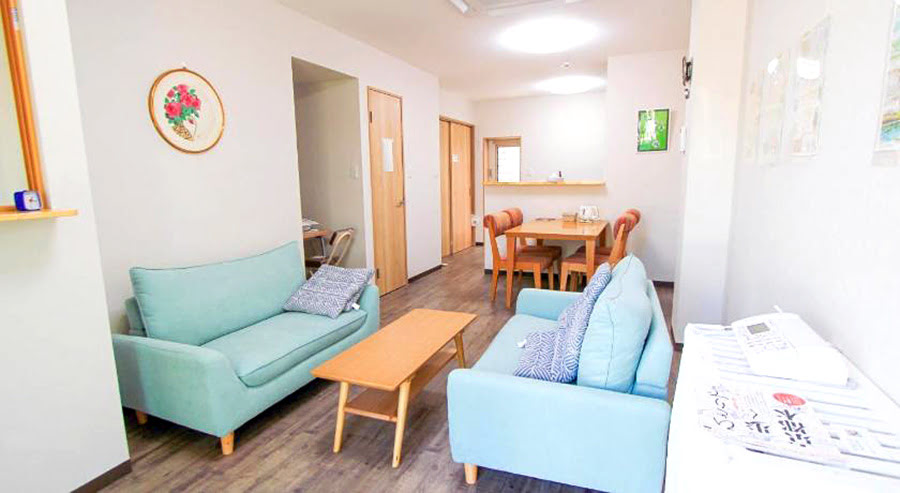Ryoanji Temple | Hours & Best Time to Visit Kyoto’s Zen Rock Garden

Ryoanji Temple is a beautiful temple complex in northwest Kyoto that also houses the most well-known Zen rock garden in the country. It belongs to the Myoshinji school of the Rinzai branch of Zen Buddhism. The entire complex is listed both as a UNESCO World Heritage Site and as one of the Historic Monuments of Ancient Kyoto. Ryoanji Temple is a must-visit landmark on your tour of the city, as it is steeped in history and remains an important cultural site to this day. It is easily accessible by train or by bus and surrounded by other important landmarks as well.
Ryoanji Temple history
The site where Ryoanji Temple sits today dates back to the 11th century when it served as an estate of the Fujiwara Clan. The temple itself was established in 1450 by a powerful deputy named Hosokawa Katsumoto. The original temple was destroyed in a fire just two decades later, but it was rebuilt in 1488 by Hosokawa Matsumoto, Katsumoto’s son. Sources conflict about when the temple garden was built. Some suggest a construction date near the end of the 15th century and others a date during the 16th century or even the 17th century. Another fire in 1797 destroyed the temple and the garden, and so both were rebuilt together at the end of the 18th century.
Ryoanji Temple rock garden
The main highlight of Ryoanji Temple is, of course, the famous rock garden. There is a viewing platform located on the veranda of the Hojo, the former residence of the temple’s main priest. The garden covers a rectangular area of 248 square meters (2,670 square feet). It is filled with white gravel that is raked by the monks each day, leaving a linear pattern. There are also 15 larger, moss-covered stones placed throughout the garden, divided into five distinct groups. The space is enclosed by a six-foot-tall, oil-earthen wall that enhances its beauty even further.
Though the garden is slightly slanted to allow for proper water drainage, it gives the illusion of being perfectly level. The western wall is also slanted in a way that gives the garden a sense of greater depth. Another interesting facet of the temple’s design is that only 14 of the boulders are ever visible from any vantage point. Tradition holds that you can only see all 15 stones at once after attaining enlightenment.
It is not known who designed the garden, and the meaning of the design is a much-debated point as well. Some see the large stones as a representation of a tiger leading her cubs over a stream; others propose that the garden is a depiction of mountain peaks emerging through a layer of clouds. Many also think that the original intention was simply to leave the viewer’s imagination free to form its own interpretation.
Ryoanji Temple grounds
After viewing the garden, it is highly recommended that you take a stroll around the rest of the Ryoanji Temple grounds. The grounds are particularly beautiful during the cherry blossom season but lovely to visit any time of year. Make sure you stop by the spacious garden located to the left of the temple entrance. Here, you can enjoy a walk around a pond that was constructed back to when the site was a villa for the Fujiwara clan. There is even a restaurant named Ryoanji Yudofu Umegaean where you can try some specialty Kyoto boiled tofu.
In the very back of the temple complex is a famous stone water basin into which water is continually flowing for ritual purification. The low height of the basin requires the user to bend down to use it, which is seen as a sign of humility. There are also four kanji symbols on the surface of the basin, which, when read together, remind the reader about the importance of contentment.
Ryoanji Temple hours & admission fee
The opening hours for Ryoanji Temple depend on the season. From March to November, the temple is open from 8 a.m. to 5 p.m. every day. From December to February, the temple is open from 8:30 a.m. to 4:30 p.m. every day.
Admission to the temple is just 500 yen for adults and 300 yen for children under 15. Tickets are purchased right at the temple.
Ryoanji Temple is quite a popular tourist site, attracting hundreds of visitors each day. If you want to avoid the crowds, then it’s best to come as early as you can in the morning.
Check In to guest house kyorakuya kinkakuji, Step Out to Kyoto
FIND & BOOK A HOTEL IN KYOTO TODAY
How to get to Ryoanji Temple
The easiest way to get to Ryoanji Temple is by train. Just take the Keifuku Kitano Line to Ryoanji Station and then walk about seven minutes to the temple.
Alternatively, if you are coming from Kyoto Station, you can take the Kyoto City Bus #5 and ride it for about 30 minutes to the Ritsumeikan daigaku-mae stop. From the stop, it takes about a seven-minute walk to reach the temple as well.
Check In to Hotel Vischio Kyoto by GRANVIA, Step Out to Kyoto Station
FIND & BOOK A HOTEL IN KYOTO TODAY
Sightseeing around Ryoanji Temple
Ryoanji Temple is situated close to several other temples that are also well worth seeing. Many tourists make a half-day temple-viewing trip out of their visit to the area. Some of the nearby temples that you should check out include Ninnaji Temple, Tojiin Temple, Kinkakuji Temple, and Tenporinji Temple. It’s a great chance to take in many of Kyoto‘s historic sites in a short amount of time.
Check In to kyowara Tenjin / Vacation STAY 6821, Step Out to Ninnaji Temple
You may also like

Join the vibrant Independence Day celebrations in the Philippines this 2024! Discover the best festivities, historical landmarks, culinary delights, and recommended accommodations with our ultimate travel guide. Experience the rich culture and spirit of freedom with us.
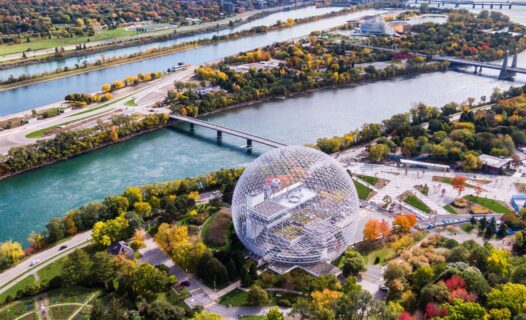
Explore the ultimate guide to the Formula 1 Canadian Grand Prix 2024 in Montreal. Get insider tips on tickets, accommodations, attractions, and sustainable travel for an unforgettable race weekend.
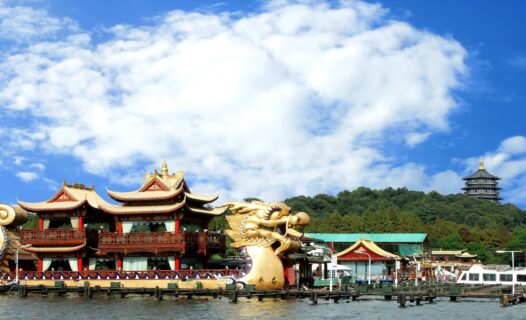
Explore the 2024 Dragon Boat Festival in China with our guide on celebrations, culinary traditions, travel tips, and eco-friendly practices.
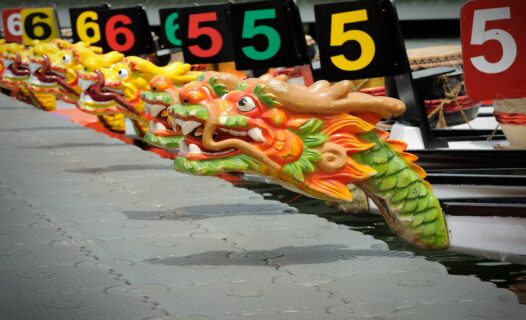
Dive into the excitement of Singapore's Dragon Boat Festival 2024 with our extensive guide. Explore the races, traditions, and where to stay to experience the festival's vibrant culture firsthand.
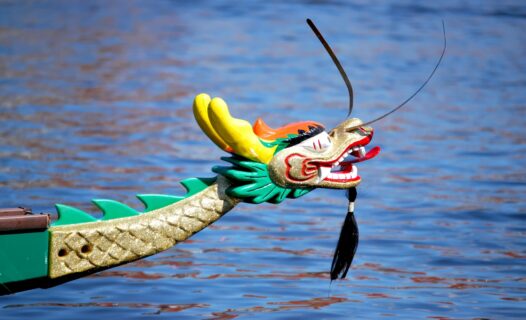
Discover the ultimate guide to Hong Kong's Dragon Boat Festival 2024. Explore races, traditions, food, and best hotels for an unforgettable experience. Book now on Agoda.
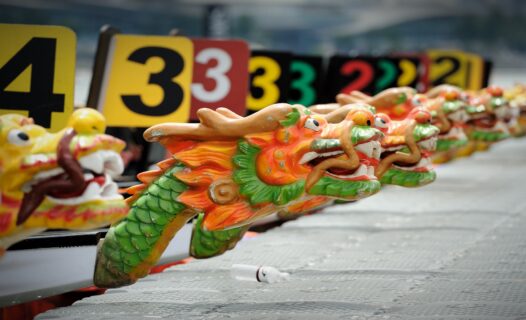
Discover the vibrant traditions and cultural significance of Tet Doan Ngo, Vietnam's Mid-Year Festival, as we explore its history, customs, and how you can join the 2024 celebrations.-
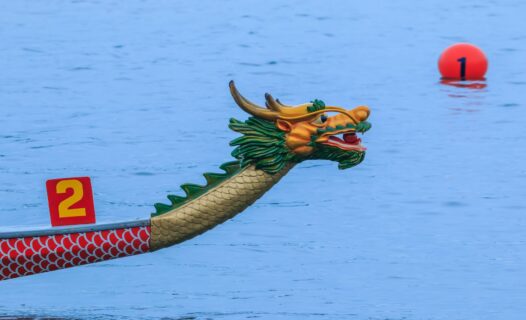
Dive deep into the heart of Taipei's culture with the Dragon Boat Festival in 2024. Discover traditional races, delicious zongzi, and the best places to soak up the festival spirit with Agoda.

Discover the best places to stay near Axiata Arena in Kuala Lumpur for the IU H.E.R World Tour 2024. From luxury hotels to cozy apartments, find your perfect stay.
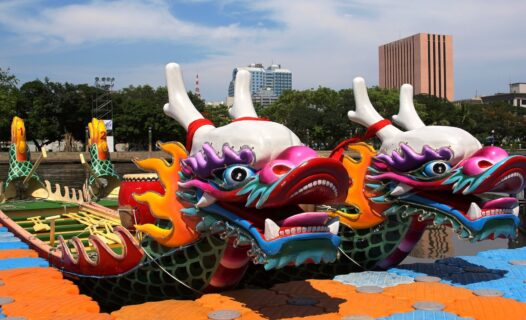
Immerse in the thrilling Dragon Boat Festival in Taiwan 2024. From ancient traditions to contemporary festivities and race participation, this guide covers all you need for an unforgettable experience.

Discover the vibrant celebration of the Dragon Boat Festival in Malaysia in 2024. From thrilling races to delicious dumplings, explore how tradition meets modernity in this unique cultural festivity.
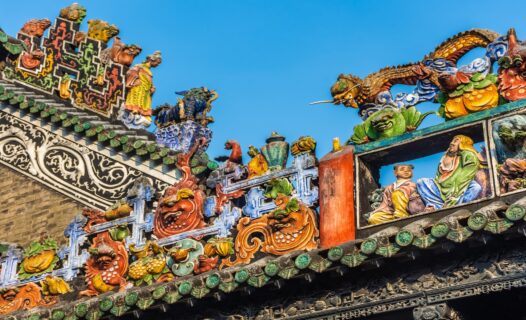
Embark on a journey through Guangzhou's historic Chen Clan Ancestral Hall and the tranquil Shamian Island with our comprehensive guide.
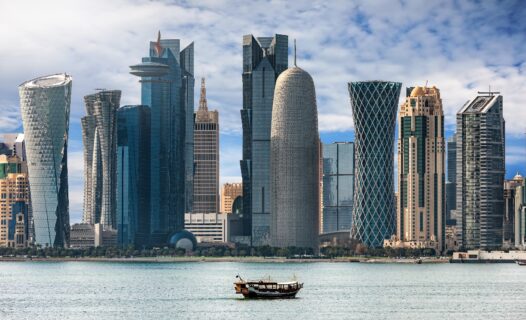
Embark on a mesmerizing journey through Doha with our five-day guide. Discover architectural wonders, cultural treasures, gastronomic delights, and breathtaking views in the heart of Qatar.
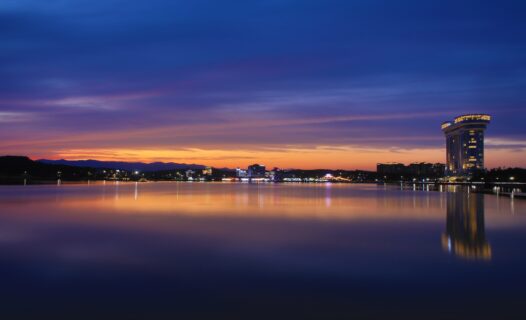
Explore the vibrant nightlife of Gangneung-si through our guide. From serene beach bars to lively night markets, discover how Gangneung-si comes alive after dark.
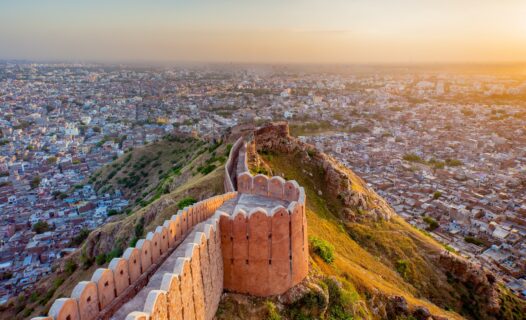
Embark on a royal journey through Jaipur, the Pink City of India. Discover its majestic palaces, vibrant markets, and rich cultural heritage in this comprehensive 3-day travel guide.
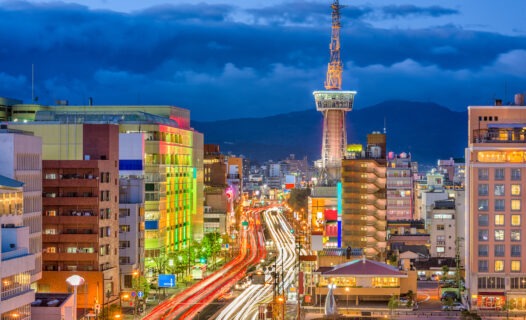
Embark on a unique shopping and cultural experience in Beppu, Japan's renowned hot spring paradise. Discover traditional crafts, modern retail, and the serene beauty of onsens with our comprehensive guide to the best of Beppu.
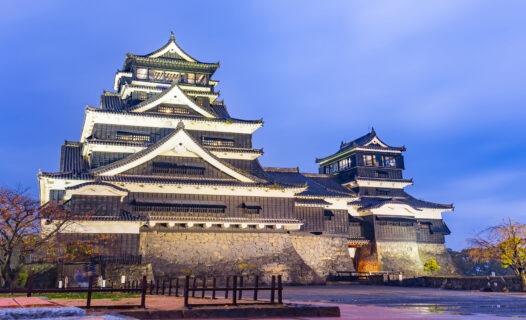
Embark on an unforgettable 5-day journey through Kumamoto, Japan. From historic castles to serene onsens and vibrant city life, discover the allure of Kumamoto's landscapes, culture, and hospitality.
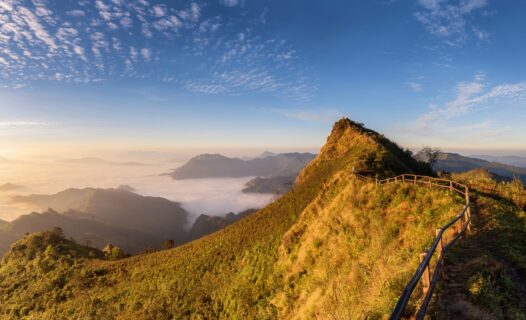
Explore the hidden gem of Chiang Rai with our ultimate travel guide. Discover temples, cuisine, and undiscovered stories in Thailand's northern paradise.

Uncover the best day trips from Fort Lauderdale for sea lovers. From Bahamian escapades to diving adventures, embrace the ultimate seaside getaway.
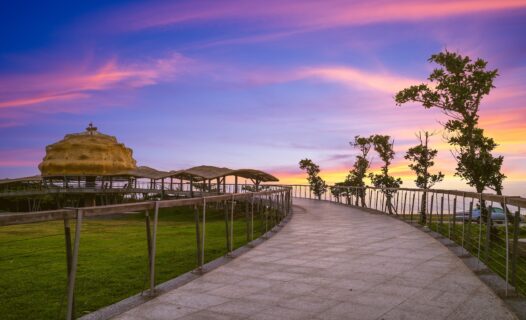
Explore our curated guide to the finest seaside hotels in Taitung. Unveil luxury, eco-friendly retreats, and unparalleled ocean views for your perfect beachfront getaway.

Embark on an unforgettable journey through Abu Dhabi with our exclusive 3-day itinerary. From majestic mosques to thrilling desert safaris and luxurious city marvels, uncover the vibrant heart of the UAE in a trip of a lifetime.
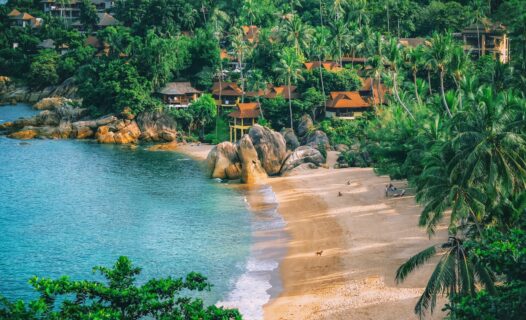
Embark on a journey to discover Koh Samui's best beach clubs for the ultimate sundowner experience. From Nikki Beach to Silver Beach, soak in breathtaking sunsets, indulge in gourmet dining, and dance away under the stars.

Ryoanji Temple is a beautiful temple complex in northwest Kyoto that also houses the most well-known Zen rock garden in the country. It belongs to the Myoshinji school of the Rinzai branch of Zen Buddhism. The entire complex is listed both as a UNESCO World Heritage Site and as one of the Historic Monuments of Ancient Kyoto. Ryoanji Temple is a must-visit landmark on your tour of the city, as it is steeped in history and remains an important cultural site to this day. It is easily accessible by train or by bus and surrounded by other important landmarks as well.
Ryoanji Temple history
The site where Ryoanji Temple sits today dates back to the 11th century when it served as an estate of the Fujiwara Clan. The temple itself was established in 1450 by a powerful deputy named Hosokawa Katsumoto. The original temple was destroyed in a fire just two decades later, but it was rebuilt in 1488 by Hosokawa Matsumoto, Katsumoto’s son. Sources conflict about when the temple garden was built. Some suggest a construction date near the end of the 15th century and others a date during the 16th century or even the 17th century. Another fire in 1797 destroyed the temple and the garden, and so both were rebuilt together at the end of the 18th century.
Ryoanji Temple rock garden
The main highlight of Ryoanji Temple is, of course, the famous rock garden. There is a viewing platform located on the veranda of the Hojo, the former residence of the temple’s main priest. The garden covers a rectangular area of 248 square meters (2,670 square feet). It is filled with white gravel that is raked by the monks each day, leaving a linear pattern. There are also 15 larger, moss-covered stones placed throughout the garden, divided into five distinct groups. The space is enclosed by a six-foot-tall, oil-earthen wall that enhances its beauty even further.
Though the garden is slightly slanted to allow for proper water drainage, it gives the illusion of being perfectly level. The western wall is also slanted in a way that gives the garden a sense of greater depth. Another interesting facet of the temple’s design is that only 14 of the boulders are ever visible from any vantage point. Tradition holds that you can only see all 15 stones at once after attaining enlightenment.
It is not known who designed the garden, and the meaning of the design is a much-debated point as well. Some see the large stones as a representation of a tiger leading her cubs over a stream; others propose that the garden is a depiction of mountain peaks emerging through a layer of clouds. Many also think that the original intention was simply to leave the viewer’s imagination free to form its own interpretation.
Ryoanji Temple grounds
After viewing the garden, it is highly recommended that you take a stroll around the rest of the Ryoanji Temple grounds. The grounds are particularly beautiful during the cherry blossom season but lovely to visit any time of year. Make sure you stop by the spacious garden located to the left of the temple entrance. Here, you can enjoy a walk around a pond that was constructed back to when the site was a villa for the Fujiwara clan. There is even a restaurant named Ryoanji Yudofu Umegaean where you can try some specialty Kyoto boiled tofu.
In the very back of the temple complex is a famous stone water basin into which water is continually flowing for ritual purification. The low height of the basin requires the user to bend down to use it, which is seen as a sign of humility. There are also four kanji symbols on the surface of the basin, which, when read together, remind the reader about the importance of contentment.
Ryoanji Temple hours & admission fee
The opening hours for Ryoanji Temple depend on the season. From March to November, the temple is open from 8 a.m. to 5 p.m. every day. From December to February, the temple is open from 8:30 a.m. to 4:30 p.m. every day.
Admission to the temple is just 500 yen for adults and 300 yen for children under 15. Tickets are purchased right at the temple.
Ryoanji Temple is quite a popular tourist site, attracting hundreds of visitors each day. If you want to avoid the crowds, then it’s best to come as early as you can in the morning.
Check In to guest house kyorakuya kinkakuji, Step Out to Kyoto
FIND & BOOK A HOTEL IN KYOTO TODAY
How to get to Ryoanji Temple
The easiest way to get to Ryoanji Temple is by train. Just take the Keifuku Kitano Line to Ryoanji Station and then walk about seven minutes to the temple.
Alternatively, if you are coming from Kyoto Station, you can take the Kyoto City Bus #5 and ride it for about 30 minutes to the Ritsumeikan daigaku-mae stop. From the stop, it takes about a seven-minute walk to reach the temple as well.
Check In to Hotel Vischio Kyoto by GRANVIA, Step Out to Kyoto Station
FIND & BOOK A HOTEL IN KYOTO TODAY
Sightseeing around Ryoanji Temple
Ryoanji Temple is situated close to several other temples that are also well worth seeing. Many tourists make a half-day temple-viewing trip out of their visit to the area. Some of the nearby temples that you should check out include Ninnaji Temple, Tojiin Temple, Kinkakuji Temple, and Tenporinji Temple. It’s a great chance to take in many of Kyoto‘s historic sites in a short amount of time.
Check In to kyowara Tenjin / Vacation STAY 6821, Step Out to Ninnaji Temple
You may also like
